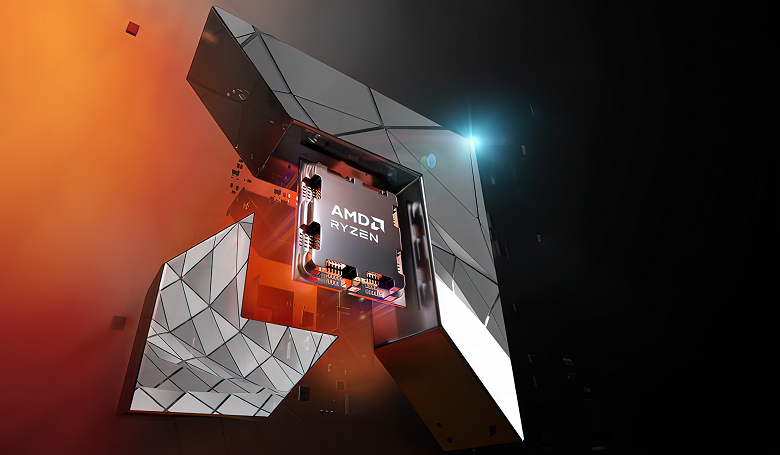There was a big interview with the general manager of AMD
AMD has already introduced its first processors (Epyc Bergamo), which are configured with heterogeneous cores. However, the cores of Zen 4 and Zen 4C differ only in the amount of cache memory, but not in architecture. And the company said that in the new generation of its CPUs it will also not follow in the footsteps of Intel, dividing the cores into two completely different classes.

AMD corporate vice president and general manager of customer experience at AMD, David McAfee, said the company does not see Intel’s approach with completely different cores as optimal. For example, two different types of kernels lead to increased requirements for OS and software optimization.
I know that Mark Papermaster has talked a lot about the different types of cores that will appear in our portfolio. I’d like to say that since we’ve looked at the various main types, there are probably two overarching factors that we think about in terms of how they fit into a portfolio. One is the notion that the P-Core and E-Cores that competitors are using is not the approach we plan to take. Because I think in reality, when you get to the point where you have core types with different capabilities, it becomes very difficult to ensure that the right workloads are consistently scheduled on the right cores.
I think that when we think about the different positioning of the kernel, it’s more of a question of “what type of environment does this particular kernel come in for.” This is a power-constrained environment, such as a laptop, or a non-power-constrained environment, such as a desktop computer. I believe that these factors will primarily determine how we will use different types of cores in our roadmap in the future.
AMD won’t follow in Intel’s footsteps on core division, it agrees with Intel on 64-bit architectures
That is, AMD believes that it is more correct to create different cores for different tasks, and not mix them in all products. But so far, AMD does not have different cores, and Zen 4 and Zen 4C will still meet together in the upcoming updated mobile Ryzen 7000.
McAfee also commented on Intel’s recent initiative regarding the full transition to 64-bit architectures. He stated that AMD finds the competitor’s proposal quite intriguing and generally feels the same way, but completely abandoning compatibility with older solutions will be a difficult task.
McAfee was also asked about the more affordable Ryzen 7000 desktop processors. Apparently, these will still come out, as McAfee said that AMD is going to constantly expand the line. Recall that the Ryzen 5 7500F should soon enter the market, which will be the cheapest in the line.
In addition, the issue of constantly increasing the number of cores was also raised.
Where we have been careful with our AM5 platform is in an attempt to balance the number of cores and memory bandwidth. There comes a point where the number of cores exceeds the memory bandwidth so significantly that while a processor with more cores with two memory channels might be an interesting specification on paper, it doesn’t benefit the end user. As memory speeds increase, as we have higher bandwidth memory technologies, we are also considering increasing the number of cores. I think there will come a time when we add more cores and more memory to our platforms and they should go hand in hand. I don’t think we want to build a Ryzen roadmap where the number of cores is just a marketing gimmick.
That is, we can assume that the upcoming generation of Ryzen 8000 will include a maximum of 16 cores, like the current one.




